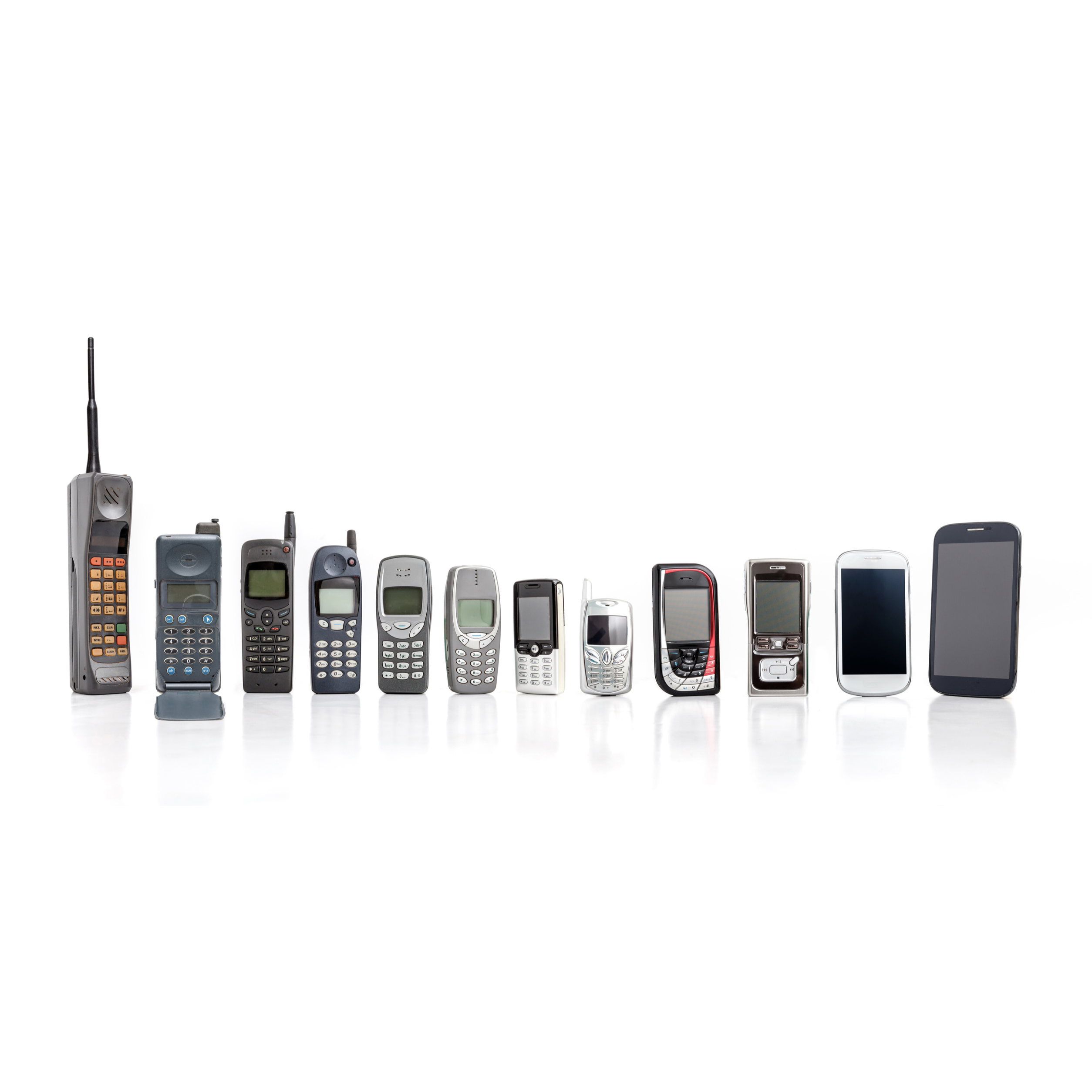HISTORY's Moment in Media: Ringing in the World's First Cell Phone Call

Every day, an untold number of people -- tens, if not hundreds, of thousands -- make mobile phone calls from midtown Manhattan. But when Martin Cooper placed a call from a Sixth Avenue sidewalk on April 3, 1973 -- 51 years ago this month -- he made history. Cooper was making the world's first-ever cell phone call.
Cooper was an engineer at Motorola who'd been working to build the new technology, and his conversation that day was more than a little bit mischievous. When Alexander Graham Bell made his famous first-ever telephone call in 1876, it was to his assistant, Thomas Watson. Cooper instead chose to call his rival, an engineer named Joel Engel who worked at AT&T's famous research center, Bell Labs. "I'm calling you from a cell phone," Cooper says he told Engel. "But a real cell phone -- a personal, handheld, portable cell phone." The message was clear: Motorola had won the race.
Engel has subsequently said he has no recollection of the call. Cooper, for his part, has been telling the story ever since.
Mobile telephones actually date back to the time just after World War II. Those earliest phones were heavy, enormous and available to very few people -- they weighed up to 80 pounds, were mounted in the trunk of a car and required an FCC license to operate. The license system was set up to keep usage down. Even as these systems got smaller and less expensive, they relied on a limited number of transmitters serving just major metropolitan regions and areas along highways, and the goal was to ensure that people like government officials and corporate leaders would be able to get their important calls through. In 1948, the system had only 5,000 customers. As late as 1983, according to a report, there was just a single transmitter for Washington, D.C., which supported up to a mere two dozen calls at a time.
But in 1947, a Bell Labs engineer -- not Engel -- devised the idea for a system based on a grid of cells, each serving a small, defined area. As callers moved geographically, they'd pass from one cell to another. And as demand increased, more cells could be added, allowing many, many more calls to be completed. Those cells were the conceptual basis for cellular telephony.
Eventually, Cooper, working at tiny, Chicago-based Motorola, put together a team to develop personal, cellular mobile phones. "We believed people didn't want to talk to cars and that people wanted to talk to other people," Cooper once told the BBC. He foresaw mobile phones as personal devices, phone numbers as attached to specific people, not to cars or buildings. Working with a team of engineers and designers, he created a prototype.
He made that fateful call from the sidewalk in front of the Hilton Hotel, between 53th and 54th Streets, where after the call he spoke to reporters. To prove that the phone really worked, he let them call friends and family. One reporter successfully dialed up his mother in Australia.
It would be another decade, till 1983, before Cooper's phone, the DynaTAC -- it stands for Dynamic Adaptive Total Area Coverage -- hit the market. It was ugly and expensive, and took 10 hours to fully charge, yielding about a half hour of talk time. But it became a symbol of '80s excess -- that gray plastic brick Michael Douglas as Gordon Gekko brandishes throughout Wall Street.
But within another decade, there were more cell phones in use worldwide than landlines. And in 1987, Apple released the iPhone, truly fulfilling Marty Cooper's dreams of totally personal communications devices and cementing the cell phone as a defining technology of our time.
In fact, it's gone far beyond Cooper's dreams. Today, cell phones are where we watch movies and TV clips, listen to music and check the headlines, and how we pay for purchases and even find love. The one thing they're not really used for much anymore is phone calls. It's true: no one answers the phone anymore.
Click the social buttons to share this story with colleagues and friends.
The opinions expressed here are the author's views and do not necessarily represent the views of MediaVillage.org/MyersBizNet.

